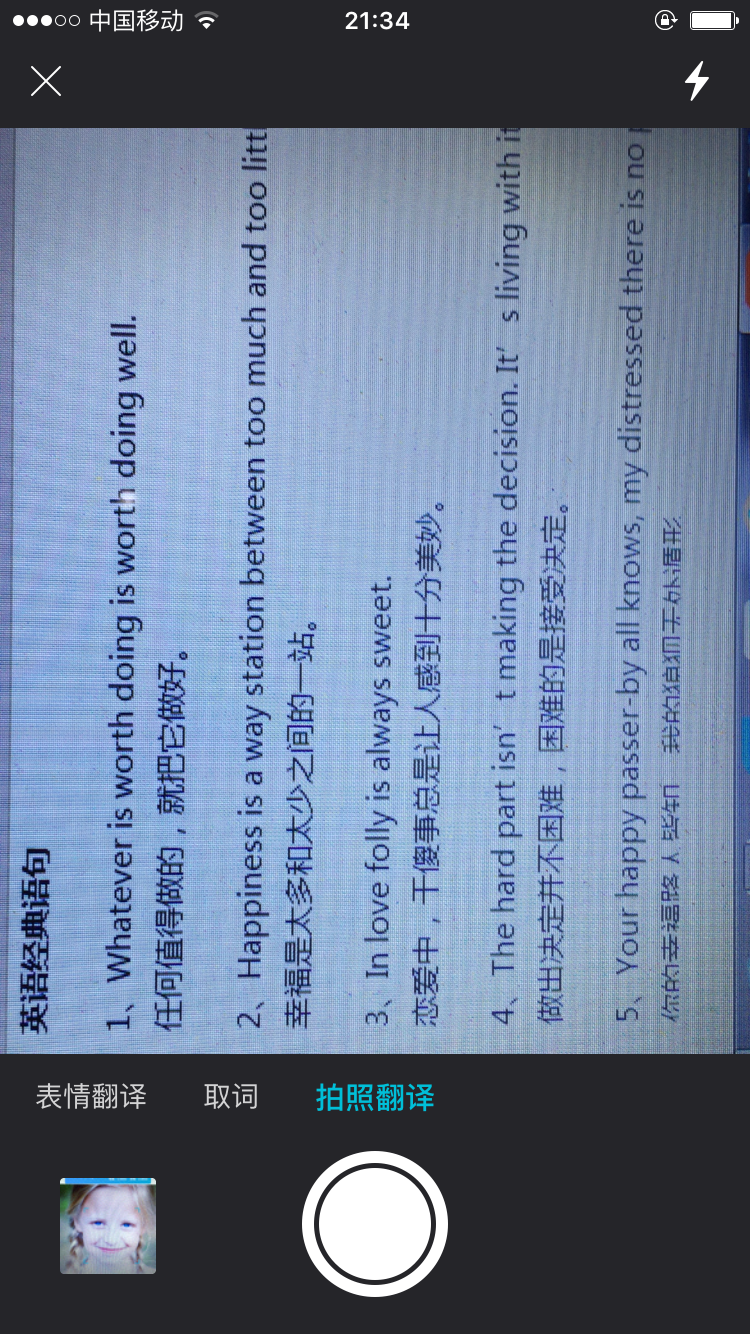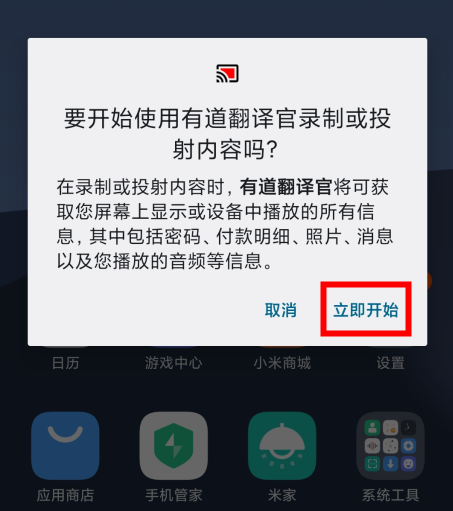Translating the Chinese phrase “有道理的奇迹” into English requires more than linguistic accuracy—it demands cultural insight and contextual adaptation. At Yowdao, we approach such translations by balancing literal meaning with the emotional resonance of the original text. The optimal English equivalent, “A Reasonable Miracle,” captures both the logical foundation (“有道理”) and the extraordinary nature (“奇迹”) of the concept. This article explores the methodology behind our translation process, emphasizing how we preserve intent while ensuring natural fluency for English-speaking audiences. Through case studies and linguistic analysis, we demonstrate why professional translation services are essential for cross-cultural communication.
Understanding the Source Concept
The phrase “有道理的奇迹” combines two seemingly contradictory ideas: rationality (“有道理”) and wonder (“奇迹”). In Chinese, this oxymoronic expression implies an extraordinary event that nonetheless follows logical principles. When translating such culturally loaded terms, we first analyze usage contexts—whether in business innovation narratives (“科技行业的有道理的奇迹”) or personal growth stories. Our linguists examine how the phrase functions pragmatically, noting its frequent appearance in motivational speeches and product marketing where credibility meets aspiration.
Historical usage patterns reveal that “有道理的奇迹” gained popularity in post-2000s Chinese discourse, particularly in technology and self-help domains. Unlike Western concepts like “plausible miracle,” the Chinese version emphasizes the coexistence of empirical validation and emotional impact. We maintain this dual emphasis through controlled vocabulary selection—avoiding Christian connotations of “miracle” while preserving the sense of awe. Comparative linguistics shows that German (“vernünftiges Wunder”) and French (“miracle raisonnable”) handle this dichotomy differently, informing our English approach.
Translation Methodologies
Our translation team employs a three-tiered methodology for phrases like “有道理的奇迹.” First, we conduct semantic decomposition, separating “有道理” (reasonable/justifiable) from “奇迹” (miracle/wonder). This reveals the core tension between logic and marvel that must survive translation. We then generate multiple English variants: “Logical Marvel,” “Justifiable Wonder,” and “Rational Miracle,” testing each through back-translation to ensure conceptual fidelity. Native English copywriters assess which version best resonates with target audiences without requiring explanatory footnotes.
The final selection undergoes cultural adaptation, where we adjust connotations for different English-speaking markets. For UK audiences, “A Sensible Miracle” might convey appropriate pragmatism, while American readers may prefer “A Validated Marvel” for its aspirational tone. Technical documents might use “An Evidence-Based Phenomenon,” sacrificing some poetry for precision. Our quality assurance process includes A/B testing translated phrases in sample marketing materials, measuring comprehension rates and emotional response across demographics.
Cultural Context Preservation
Chinese-to-English translation often stumbles on culturally specific concepts like “有道理的奇迹,” where the miracle isn’t supernatural but represents exceptional achievement within rational frameworks. We preserve this context by strategically using modifiers—”a miracle with verifiable causes” or “a wonder grounded in reason.” When translating for academic papers, we might add brief glosses: “有道理的奇迹 (literally ‘a reasonable miracle,’ denoting extraordinary yet explainable phenomena).” This maintains accessibility while honoring the source’s intellectual tradition.
Visual metaphors in accompanying graphics can reinforce the translated phrase’s meaning. For instance, infographics might juxtapose scientific imagery (molecular structures, data charts) with symbolic wonder (shooting stars, light beams). In multimedia translations, voiceover tone and soundtrack choices help convey the phrase’s dual nature—measured narration paired with uplifting musical cues. These multimodal strategies compensate for linguistic gaps, ensuring the translation’s impact matches the original across all communication channels.
Industry Applications
In technology sector translations, “有道理的奇迹” frequently describes breakthrough innovations that defy expectations yet adhere to engineering principles. We render this as “Engineering Marvels with Demonstrable Logic” for patent documentation or “Groundbreaking Yet Credible” for investor presentations. The pharmaceutical industry prefers “Clinically Validated Medical Breakthroughs,” while sustainable energy clients opt for “Verifiable Green Miracles.” Each adaptation retains the core paradox while aligning with sector-specific terminology.
Marketing translations require special handling—where “有道理的奇迹” becomes a brand slogan, we might choose “Extraordinary. Explainable.” for memorability. Luxury goods translations emphasize craftsmanship: “Miracles Meticulously Conceived.” E-commerce adaptations highlight user benefits: “Wonder That Works.” Our transcreation service goes beyond direct translation, developing parallel English phrases that evoke equivalent emotional responses, measured through neuromarketing techniques like galvanic skin response testing during focus groups.
Quality Assurance Process
Yowdao implements a rigorous 5-step QA protocol for conceptual translations like “有道理的奇迹.” Step 1 involves dual independent translations by native Chinese speakers fluent in English. Step 2 convenes a review panel including a cultural anthropologist and industry specialist (e.g., a tech engineer for IT translations). Step 3 employs sentiment analysis tools to compare emotional tones between source and target texts. Step 4 validates the translation through real-world testing—for instance, embedding “A Reasonable Miracle” in mock ad campaigns.
The final step involves creating a “translation rationale” document that records all decision points, enabling consistency across future projects. This living document tracks how “有道理的奇迹” translations evolve with language trends—noting, for example, when “Evidence-Backed Wonder” tests better than earlier versions. Clients receive this documentation alongside deliverables, providing transparency about how we balance linguistic accuracy, cultural relevance, and communicative impact in every translation project.


